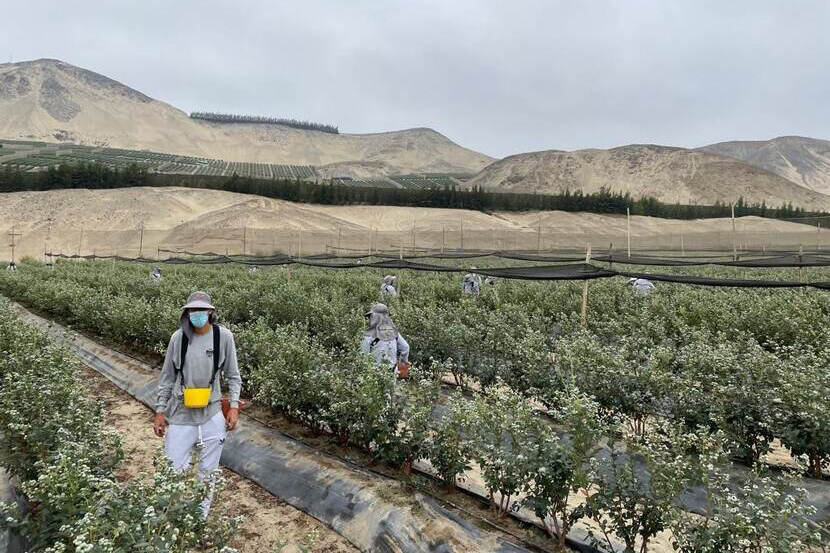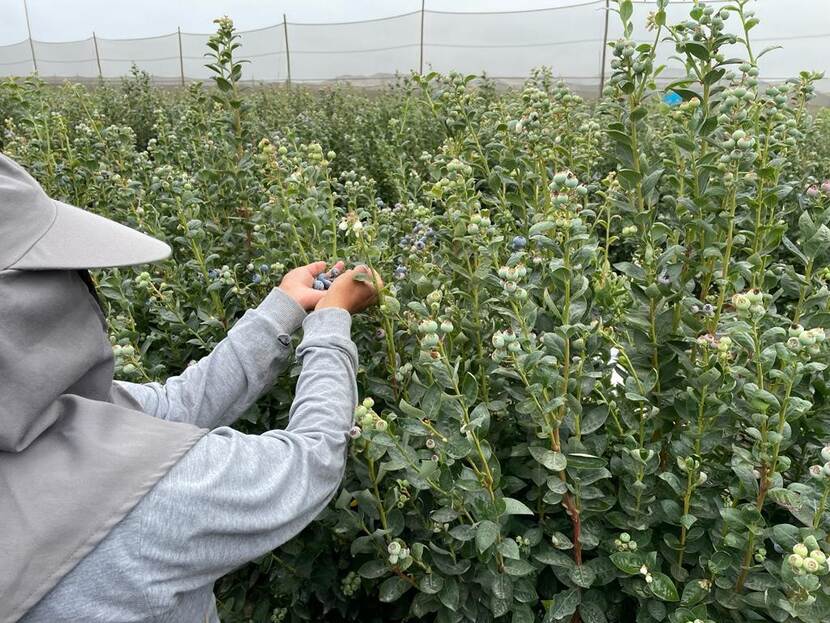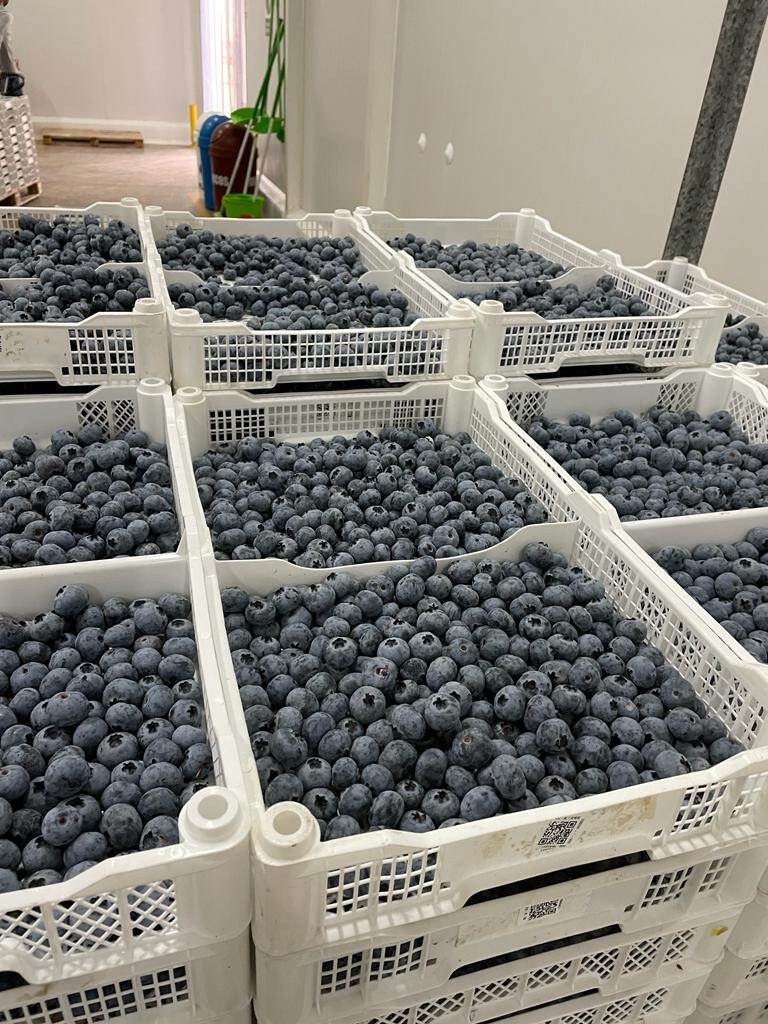Blueberries: A Blue Desert on The Peruvian Coast
Peru consolidates its position as the world's leading exporter with 25% of global exports and is expected to reach 20,000 hectares of cultivation by 2025.

The Peruvian coastal region is a vast desert that crosses Peru from north to south. In spite of its aridity and water limitation during most of the year, large sections of this region have been converted into a true oasis of vegetation and productivity, where some high value crops flourish, altering the desert panorama and producing fruits whose main destinations are thousands of kilometers away, such as the port of Rotterdam. One of these crops is the blueberry, a superfood whose demand by consumers worldwide continues to increase.
The conditions of the Peruvian coast have proven to be ideal for the cultivation of blueberries. Superior yields of over 10 tons compared to 8 tons in the US, coupled with climatic conditions, lower labor costs and a counter-season that supplies unsatisfied markets in Europe and the United States have resulted in a formula for success. This year Peru is expected to increase its exports by 25 to 30% over 2021, during which exports reached €1,032 million.
With supply mainly available in the months of August to December, the most important regions dedicated to blueberry cultivation are La Libertad, Lambayeque, Ancash, Lima and Piura. It is estimated that in total, Peru has 16,000 cultivated hectares and is expected to have 20,000 by the end of 2025. One point that hinders the increase in production is the high cost per hectare, which can vary from €40,000 to €70,000 depending on the complexity and technology applied. Despite the high costs, production and exports continue to increase.

Dutch imports of Peruvian blueberries
It is currently estimated that more than 50 varieties of blueberries are cultivated in Peru and some of them have even been developed in the country taking into account the specific conditions in which they develop. Beyond this, blueberry production has served as a driver of local development and inclusion, due to the labor intensity required and the employment of women, who represent 58% of the workforce in the industry, with 122,000 jobs generated in 2021.
For the third consecutive year, Peru has been the world's leading exporter, accounting for 25% of the global blueberry market in 2021. In the first half of 2022 alone, exports increased by 119% over the same period of the previous year, resulting in €138 million in exports. In terms of destination, the Netherlands ranks second with almost €40 million in imports from Peru and a growth of 67%, positioning the Netherlands as the most important European destination for Peruvian berries.

In 2021 the greatest share of blueberries imported by the Netherlands came from Peru, followed by Chile and South Africa. During the year, Peru benefits from the counter-season and the highest value of blueberries imported by the Netherlands is during the months October through December. In the months of January-March, Chile supplies most of the Dutch imports, but overall imports from Peru far outweigh imports from Chile. Based on the results from the first half of 2022, it is expected that a similar import pattern will be observed this year.

To strengthen Peru’s position as principal exporter in the world, it is important to train producers, promote agricultural practices that guarantee food safety, and a sustainable productivity, all the while continuing the delivery of high quality blueberries. International agricultural expertise can offer a valuable contribution to these developments.
Dutch companies or knowledge institutes interested in exploring opportunities in the Peruvian blueberry sector are invited to contact our agricultural advisor in Lima, Salvador Orrego de la Borda: